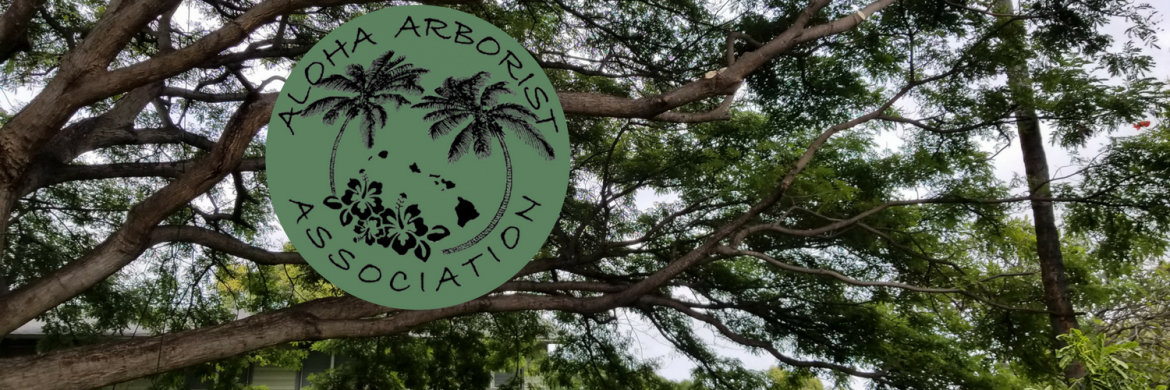Coconut Rhinoceros Beetle (CRB)
BMPs or Recommendations for Landscapers and Arborists
By Rob Hauff
Remove standing dead coconut palms to prevent infestation.
- Decaying coconut wood is the preferred breeding habitat for CRB. Wood should be chipped and composted away from infested areas, preferably in few centralized piles, rather than multiple widely dispersed piles.
- Palms should be removed to ground level and stumps destroyed.
- Remaining material can either be ground with a stump grinder, or cut multiple times with a chainsaw and mixed with mineral soil.
- Safely dispose of coconut palm trimmings.
- For homeowners, curbside recycling or containerized compost is a better option than backyard open air composting.
- When possible take trimmings and chipped palms to a centralized green waste facility rather than composting in small, dispersed piles on site.
- If mulching in place, incorporate into soil to discourage beetle breeding.
- Any mulch pile is at potential risk of infestation. Keep an eye out for larvae and breeding beetles and be aware that flower beetle larvae can be confused with CRB.
- See photos for comparison of the different larvae
- If mulching around trees, minimize depth to 1-2 inches to avoid creating breeding habitat for CRB.
- Damaged palms should be reported to 643-PEST (7378) and not removed until inspected by DOA since adult beetles might still be living in crown.
- If working in an infested area, please contact DOA at (808) 832-0585 before moving any material off-site to avoid spreading this pest.
